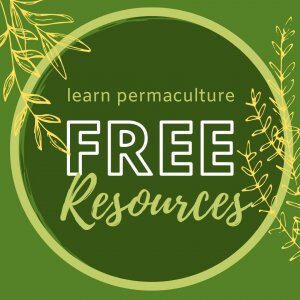
Permaculture is a design science that helps us organize our lives in sensible ways in order to reduce labor and maximize efficiency. The zones of use are helpful design method to achieve that. By placing elements that we use most often closest to where we reside, we reduce the amount of energy wasted.
Theoretically, the zone approach can be applied on any scale, to any system. You can redesign your kitchen using the zones, or the kitchen can be part of your zone 0. It’s all about using using what you have available to you in a way that allows design elements to interact harmoniously.
Like in the above image, the standard layout of the zones consists of concentric circles with the center being the dwelling structure. However, zones can be placed in any order and also intersect with each other.

Zone 0
The home or dwelling is zone 0, where most of human action takes place. The kitchen is a major factor of designing zone 0. The other zones will often be placed in relation to kitchen access to make harvesting, prepping and cooking food easier. Indoor food production (i.e sprouts, ferments, potted plants), waste and water collection, also happen in this zone.
This space should be intelligently designed so that education, sleep, entertainment, and day-to-day activities flow effortlessly. There are also design elements that will bring protection and comfort to this zone. Examples include passive and active solar, attached greenhouses, pets, rocket stoves, and other nifty technologies.
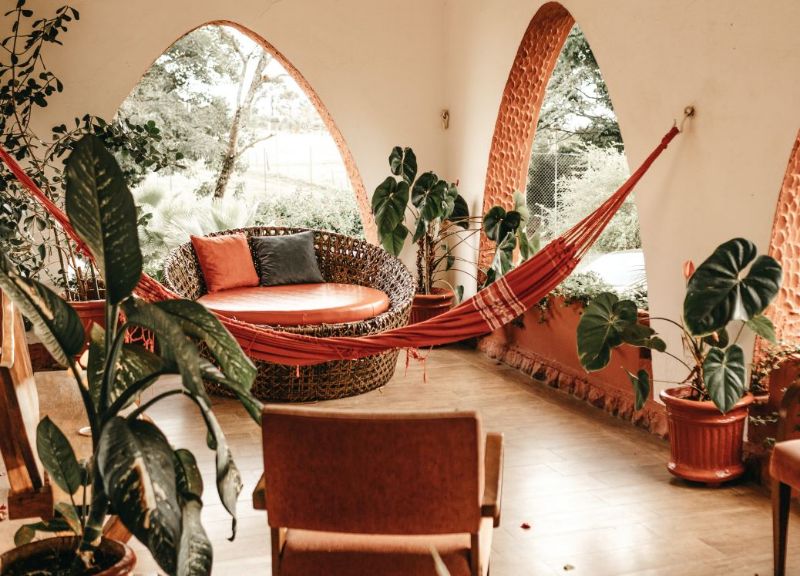
Zone 1
Zone 1 is the intensively managed area immediately surrounding the home. Elements in this zone require daily attention and interaction. It may include the kitchen garden, raised beds, keyhole beds, potted plants, herb spirals, compost collection, utilities, and so forth.
Bill Mollison gave a prime example of how to think about this zone. If an herb spiral is far enough from the kitchen door that your slippers get wet on a rainy day, then it is too far. All of the elements in this zone should be easily accessible from the dwelling. That means that tools are organized strategically, too.
Elements in zone 1 (and other zones) will also be designed to bring protection, comfort and beauty to zone 0; shade, windbreaks, thermal mass, bird feeders and so on. These elements may integrate seamlessly with zone 0. For example, a greywater treatment system that feeds from sinks and showers in zone 0 into a vegetable and flower bed, which in turn provides shade for the south-facing living room window.

Things to keep in mind for this zone in certain climates is fire safety. Having water tanks, ponds, mulch and keeping close-to-home plants well-watered and green in zone 1 is vital for protection of zone 0. Correct grading and planting (with accompanying swales and earthworks), will also protect zone 0 from floods, mudslides, and falling trees.
These two zones together will be the permaculturist spends most of their time. Setting up several access points and interactions between zone 0 and zone 1 will increase your chances of yields, efficiency and resilience.
Zone 2
Zone 2 hosts a diverse array of less intensively managed elements, but that still may require some daily or weekly attention. Both zone 2 and 3 are the main zones for setting up a food forest, which is a perennial, polyculture crop system that requires less maintenance than an annual vegetable garden.
Perennial crops like medicinal herbs, fruit and nut trees are managed to remain in an early stage of ecological succession, so that production and biodiversity remains high. The permaculturist may favor dwarf varieties to make harvesting easier.
Animals that require daily attention like poultry, bees, worms, rabbits, and poultry also belong here. Nobody wants to walk more than 50 yards to collect eggs for breakfast or to put the chickens in their coop at night. Such animals fulfill the functions of pollination, decomposition, fertilization, pest management, and food production.
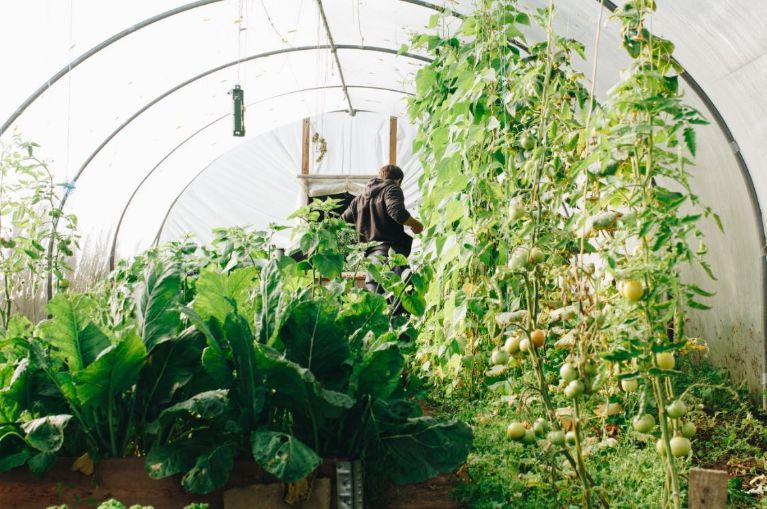
Ponds, plant guilds, larger greenhouses, sheds, barns, and compost bins are other elements that will merge functionality and interaction between zone 0, 1 and 2. For example, pond water can be gravity fed to gardens in zone 1, while organic waste from zone 0 can be processed by worms or compost bins in zone 2.
Zone 3
Zone 3 may contain larger open spaces used for farming annual staple crops like corn, wheat, and rice. Paddock and grazing animals can also inhabit this zone, and their waste can be applied directly to crop fields.
A mixture of larger perennial plants mixed with self-seeding annuals can create a biodiverse agroforestry system. The 9 layers of the food forest in zone 3 offer the combined functions of animal habitat, pollinator attractors, nitrogen fixers, windbreaks, food, fiber, fuel and more.
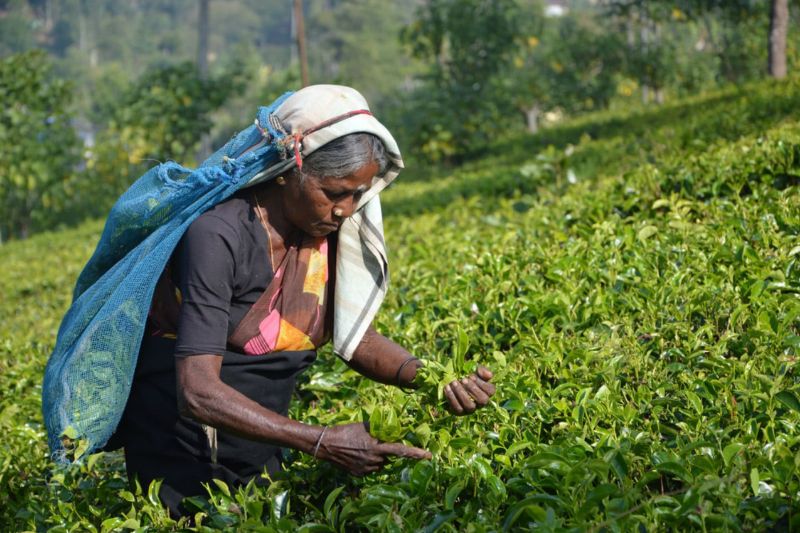
Larger amounts of water are stored in ponds and linear food forests set up along swales. These large deposits will serve the function of backup water supply, fire control, soil water retention and food production via water-loving crops and aquatic animals.
Elements placed in zone 3 should self-maintening to a certain degree. Manage zone 3 semi-intensively (once weekly or monthly) for higher production, or allow it to manage itself to save time and energy.
Zone 4
Zone 4 is semi-managed wild land. This zone is left for more native and self-maintaining elements, where as domesticated crops and animals may flourish better in zones 0-3.
Wild foods, medicine, fibers, and fuels are foraged sustainably here. Maintenance in this zone occurs seasonally. Wild seeds, bulbs and mushrooms may be redistributed yearly. Fuel loads might be cleared once a year to prevent fires.
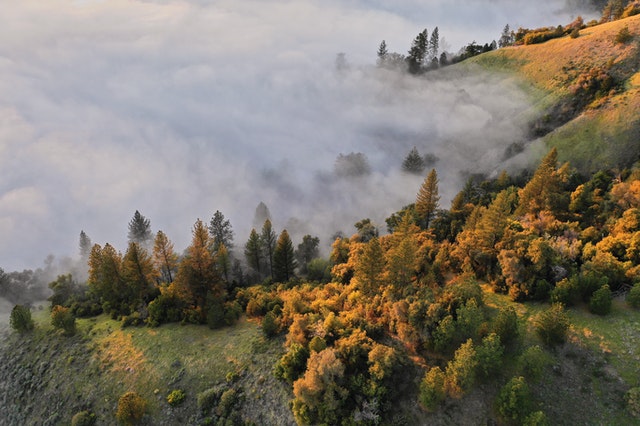
Zone 5
Zone 5 is wilderness left for nature to run her course. Management is kept to a minimum in this zone. If managed at all, it is to reduce risk of natural catastrophes and to protect the balance of the system as a whole, rather than to solely benefit humans.
The vast majority of zone 5 should remain untouched. Hiking trails are maintained every few years to minimize erosion and understory damage. Zone 5 may extend off of the permaculture property, especially in the case of urban sites. For urban permaculture, zone 5 could also be thought of as overgrown vacant lots or wild thickets between fence lines.
Zones are not Borders
The entire zone system is intended to merge human habitat with nature. A permaculture system does not have to be clearly dillineated. In fact the zones may permeate each other. For example, a wildlife corridor may extend zone 5 through all of the other zones and up to the doorstep.

The main function of zones is not for rigid categorization, but for a fluid design process. Permaculture designers should use zone and sector analysis to decide where they place their elements, not to limit or restrict their design in any way.
A well implemented permaculture design remains ever flexible and evolving. Zones may change shape and location, or morph into each other over time. Most importantly, zones are a design tool to maximize efficiency by creating more opportunities for beneficial interactions between elements, species, and features throughout the landscape.

Colin Eldridge
Colin is the founder of Fractal Permaculture. He is a trained permaculture designer and teacher. He teaches participatory and interactive classes around topics such as permaculture, art, social justice, nature awareness, holistic health, yoga and ecology.
More from our Blog

What is Forest Bathing?
Our dependence on technology and our separation from the natural world becomes more apparent every day. Therefore taking time to unplug and practice forest bathing…
Read More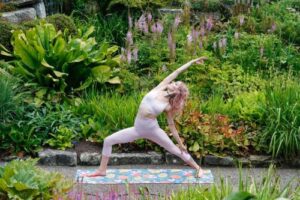
Permaculture and Yoga Ethics
There is a strong ethical congruence between Yoga and permaculture. Both disciplines are sciences that bolster the philosophy of non-violence, non-greed and right livelihood. Living in…
Read More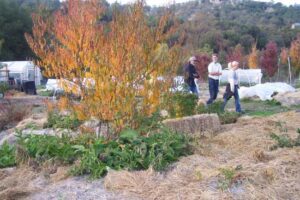
5 Tips for Tending a Winter Garden
The below article was originally posted on the Sivananda Yoga Farm permaculture blog. You can view the original post here. There are so many benefits…
Read More

